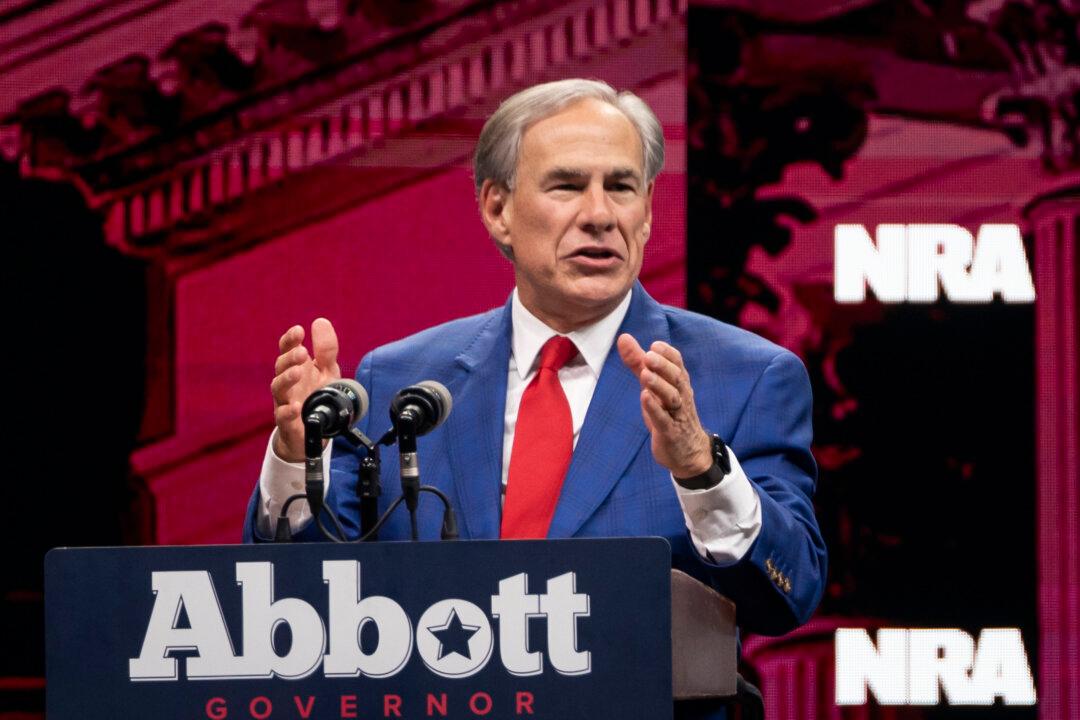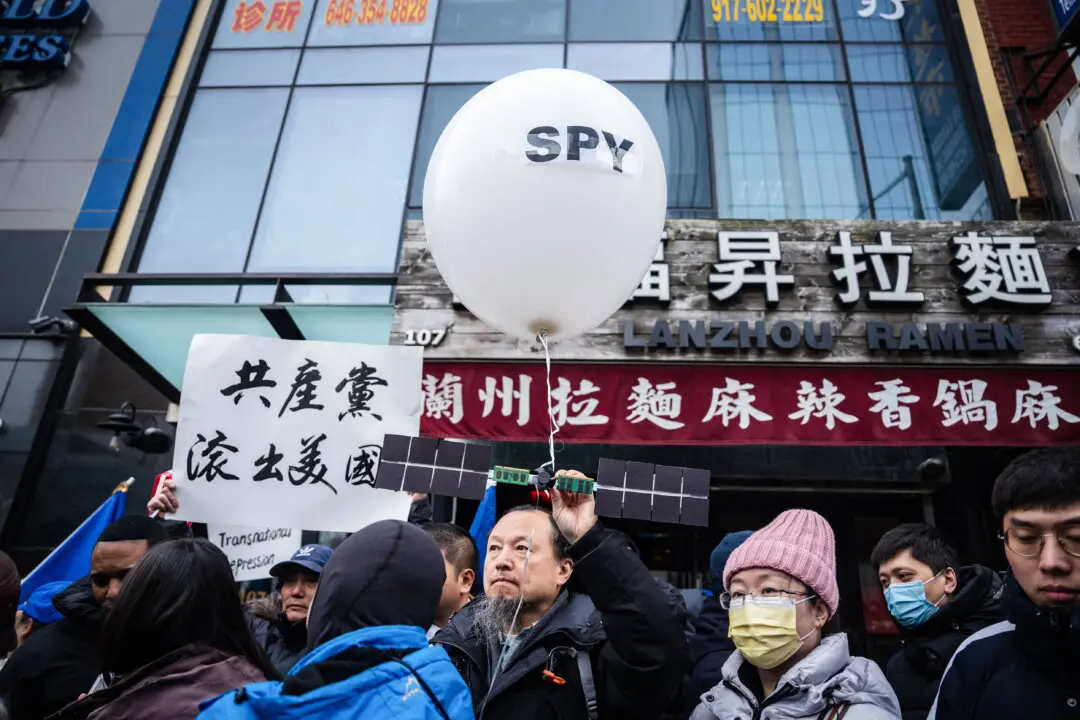Wealthy Chinese nationals looking to obtain a U.S. green card may see their chances improve after President Joe Biden and Congress recently resurrected the EB-5 investor visa program.
The program, which started more than two decades ago but lapsed in June of last year, allows immigrant investors to secure a conditional green card in exchange for investing at least $500,000 in U.S. geographic areas with high unemployment rates, known as targeted employment areas (TEA). The amount was $1 million for non-TEA regions.





